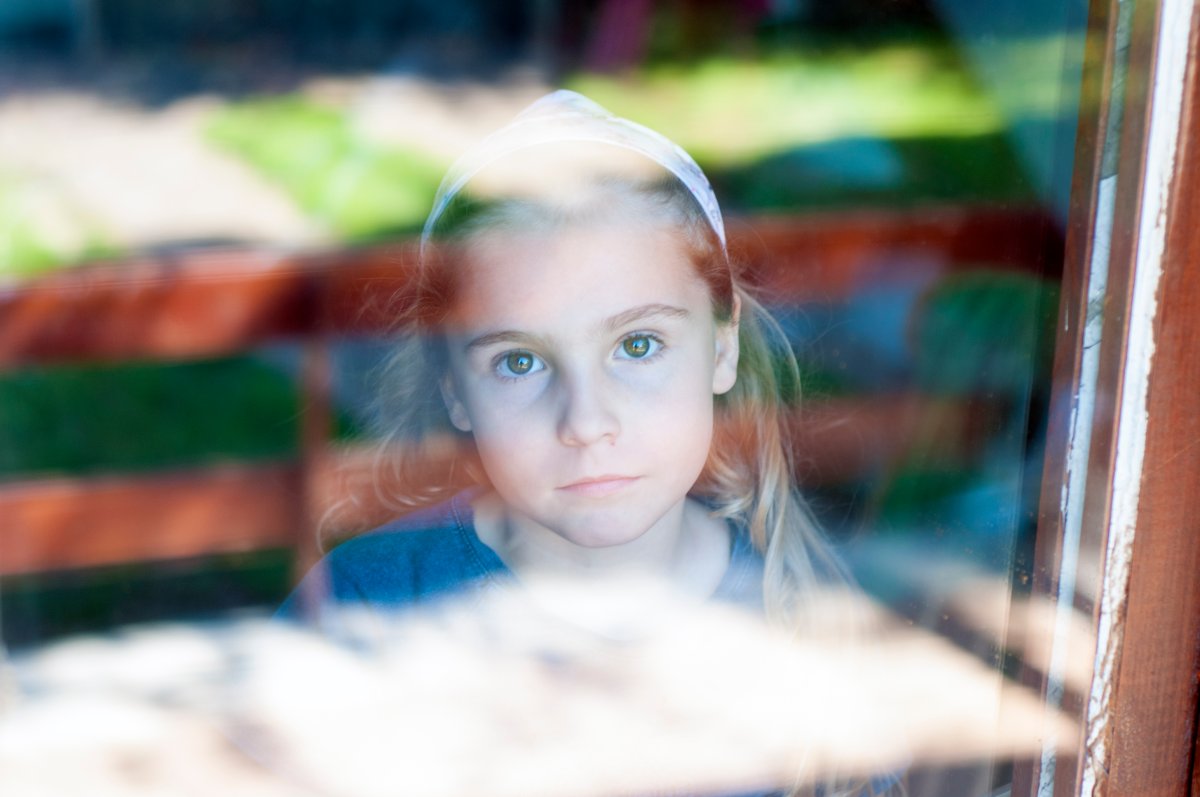Nearly one in five, or 17.4 per cent, of children in Canada were living in poverty in 2015, according to the latest annual report by Campaign 2000, an anti-poverty coalition.

That share is down from levels seen in 2000 (22.3 per cent) but up compared to 1989, when less than 16 per cent of children were living in families below the low-income line. But the ratio remains at staggering highs for First Nations children, who have a probability of nearly 40 per cent to live in poverty.
READ MORE: Basic income best way to help families reliably put food on the table: report
Notably, about 450,000 children were living in families that relied on social assistance. Without government transfers, an additional 745,000 children would be living in poverty, the research shows.
The report calls for the federal government to devise federal standards for stamping out poverty along with targeted federal spending on affordable housing and child care.
WATCH: How much does a healthy diet cost for a family of four?

Stark differences in child poverty rates across the country
The incidence of child poverty varies widely across the country, the report shows. Seven provinces and territories have significantly higher rates than the national average:

The degree to which social assistance programs reduce poverty rates also shows sharp differences across provinces and territories:

Nationally, the low-income cutoff for a couple with two children was just over $36,400 after tax. For a single parent with one child, it was just below $25,500 and for a single adult around $18,200.
READ MORE: Are you earning a middle-class income? Here’s what it takes in Canada, based on where you live
- Small grocers, co-ops receiving boost from Loblaw boycott: ‘A lot of anger’
- U.K. bans generic passwords over cybersecurity concerns. Should Canada be next?
- Overwhelmed with spam texts? Stats show the problem is getting worse
- How caregiving impacts a generation of Canadians: ‘Unpaid work does not end’
The 2015 numbers do not capture the impact of the Liberals’ Canada Child Benefit, which aims to reduce child poverty by half by 2020.
Report calls for federal anti-poverty strategy, stepped-up housing and childcare assistance
The report calls on Ottawa to ramp up federal efforts to stomp out poverty.
The federal government provides funding to the provinces and territories for social assistance programs. But Ottawa also needs to “set enforceable standards” for those programs, said Sid Frankel, a member of Campaign 2000 national steering committee and professor of social work at the University of Manitoba.
The Liberal government is expected to announce a poverty reduction strategy in 2018.
READ MORE: How much does a week of groceries cost in Canada? We crunched the numbers
But the report also urges targeted federal strategies on affordable housing and childcare.
Some 1.7-million Canadians households, 12.7 per cent of the total, were in “core housing need” in 2016, according to census data, meaning they were spending at least 30 per cent of their gross income on housing that may not meet their needs.
READ MORE: What $1,500 per month in rent gets you across Canada
In 2011, 42 per cent of households in such a predicament were devoting over half of their income to housing, according to Campaign 2000. Canada currently spends less than half what New Zealand and Australia, which are coping with their own affordability crises, spend on social housing, the report notes.
The Liberal government has said it hopes to reduce the number of households in core housing need by 500,000 through its new strategy, with billions in fresh spending to help with affordable housing and with wider affordability in the housing market as well.
But child care is another area where the federal government urgently needs to step in, according to Campaign 2000.
Currently, Canada only has enough regulated child-care spaces to cover a quarter of children aged 0–5 years old, the report notes. Those regulated spaces are often well out of the reach of low-income families, with median fees outside Quebec reaching $1600 per month for one child. And fee subsidies often fail to bridge the affordability gap, with families facing long wait lists and hefty surcharges.
The government has pledged $7.5 billion over a decade for early learning and child care across Canada but critics say that falls short of the “national early learning and child-care framework” the Liberals has pledged during the election campaign in 2015.
With a file from the Canadian Press




Comments